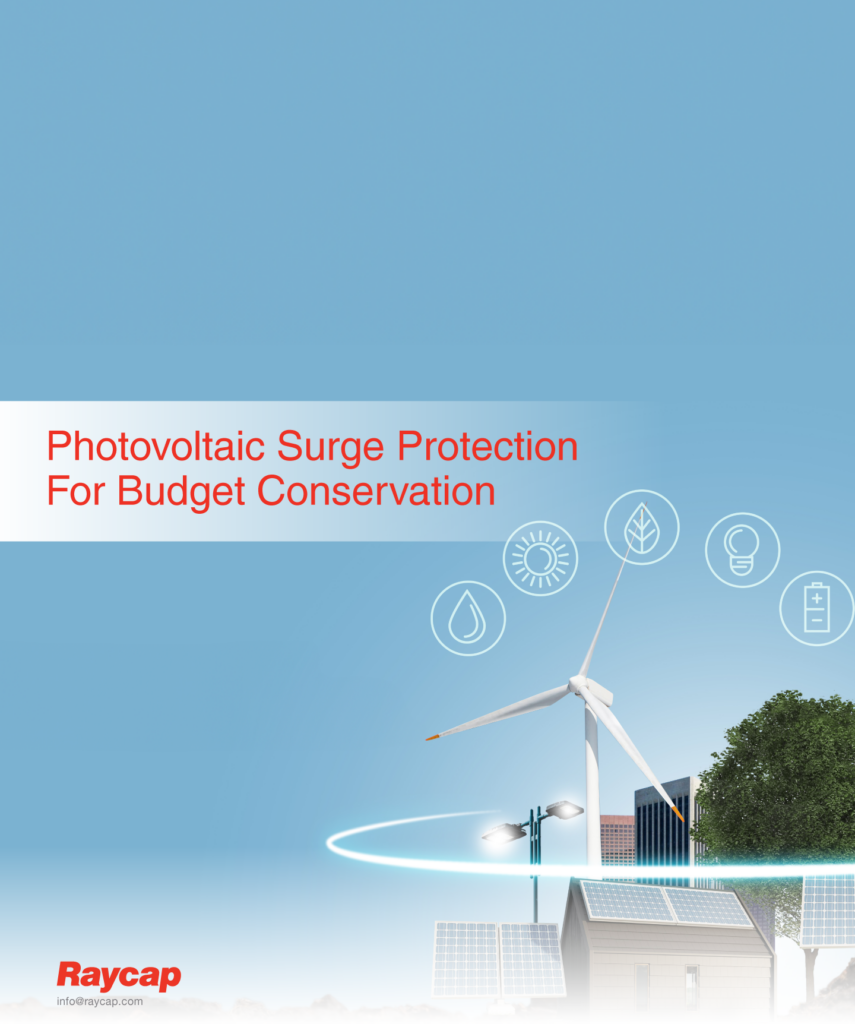Balancing Environmental Conservation and Economic Efficiency
The solar power generation industry has been continually evolving over the past 30 years, albeit slower than most conservationists would like. There are two major reasons to promote developing initiatives like solar and wind power. One is from those seeking methods to reduce the pollutants that harm the atmosphere and air that impact us all. The other is concerned about money and profits and the creation of a technique of power production that can use fuel sources that are less expensive than the current technology requires.
Although these two camps are not necessarily pushing for wind and solar technology development for the same reasons, they both support and assist in developing improved methods to serve their goals. Creating power that does not damage the earth or the health and well-being of those who live on it certainly positions itself as a goal worth working for, the only ones not supporting this goal being those whom the reduction of the current methods would impact. Unfortunately, the promotion of a “replacement” technology will eventually replace the old methods, and those benefiting from those methods will do everything in their power to stagnate that change unless they also have a stake in the game.
Those seeking a more profitable process of power production might not have much concern for the environment. Still, their desire to create a better product with less overhead also puts them at odds with the existing methods unless they are the same company seeking ways to improve their own businesses. Either way, the proponents for the evolution of the industry face push-back from the existing industry, who seek to slow progress to keep their own companies floating until they can take advantage of the new power systems themselves.
One of the more significant improvements to the technology involved in power production using green methods is the integration of appropriate surge protection devices. A large cost associated with the process of creating solar or wind power can be the repair and replacement of equipment damaged in the field by natural weather events like lightning strikes. Solar panels are positioned in remote and unobstructed areas so as to function at their full capacity when harnessing sunlight.
Being positioned out in the open also makes solar panels prime targets for lightning strikes, destroying the panels and generating power surges that can travel along the equipment connectivity cables. Unfortunately, these lines connecting control equipment to the panels also serve as pathways for electricity overvoltage to flow into unwanted places. This electrical surge following the strike negatively impacts the circuitry of the computerized equipment connected to the panels, exacerbating the damage caused by a strike.
The integration of technologically advanced surge protection devices such as Raycap’s Strikesorb technology, averts this damage and allows the solar industry to evolve faster. Those seeking cheaper methods of power production without the use of fossil fuels are getting closer to the goal with new solar power technologies and advanced protection. Expanded evolution and use of solar power will fuel more development and help drive costs down.
Read More: Raycap-Solar-Brochure-G02-01-149.pdf

